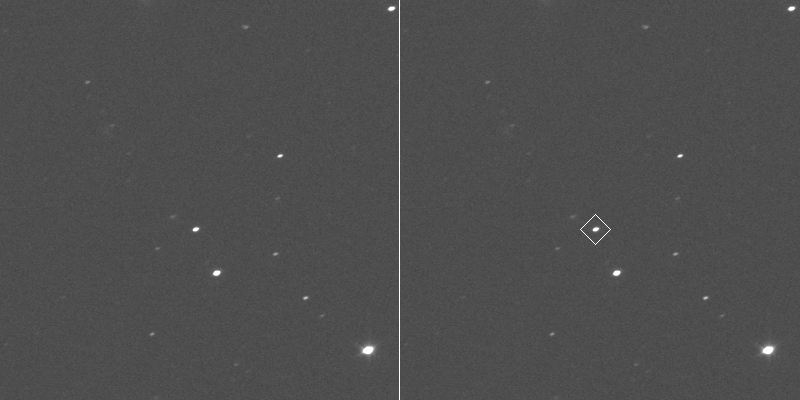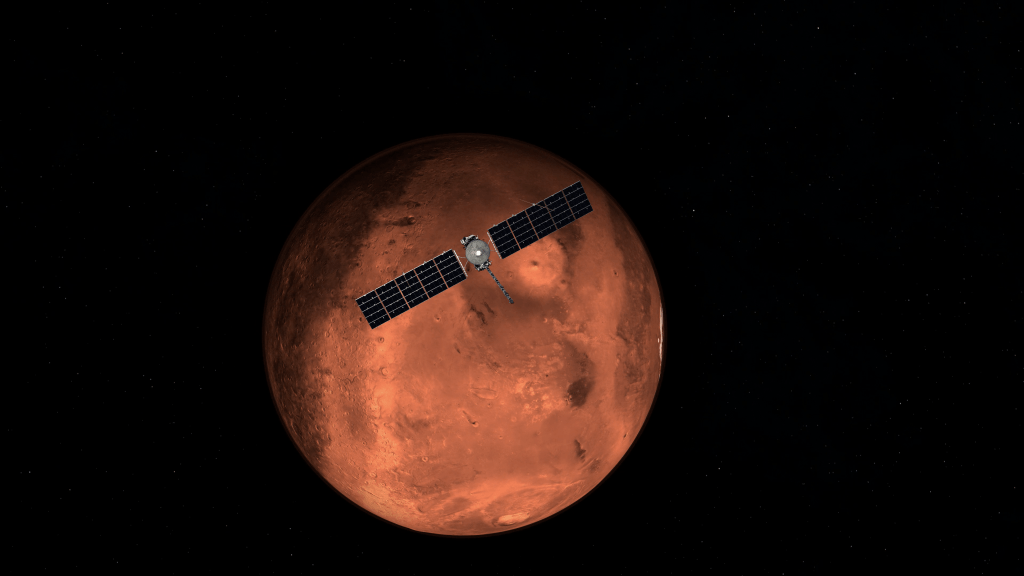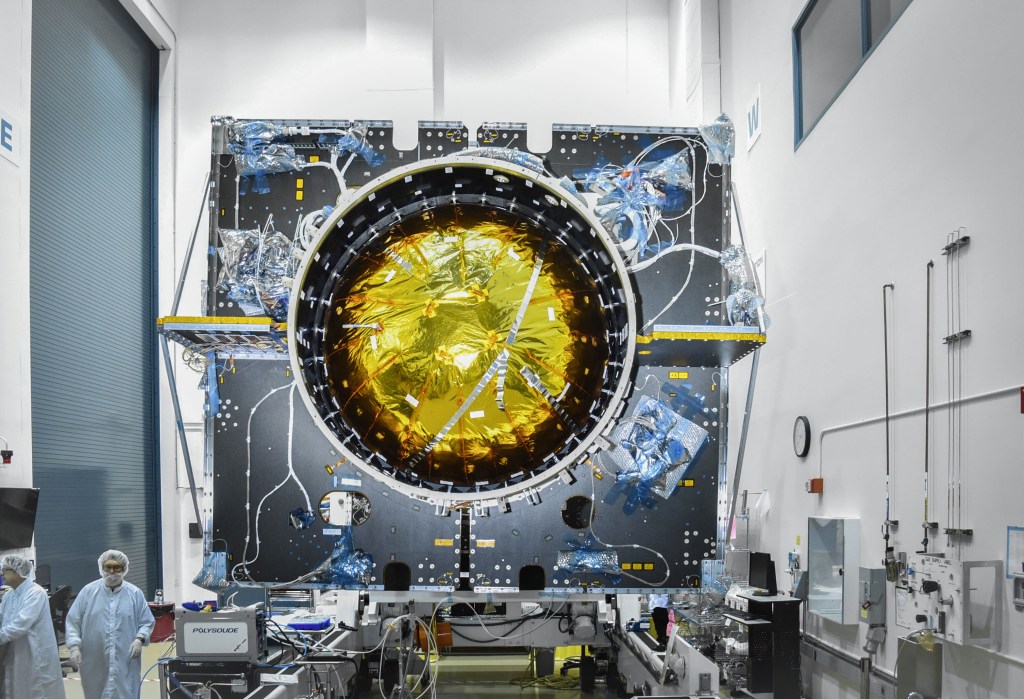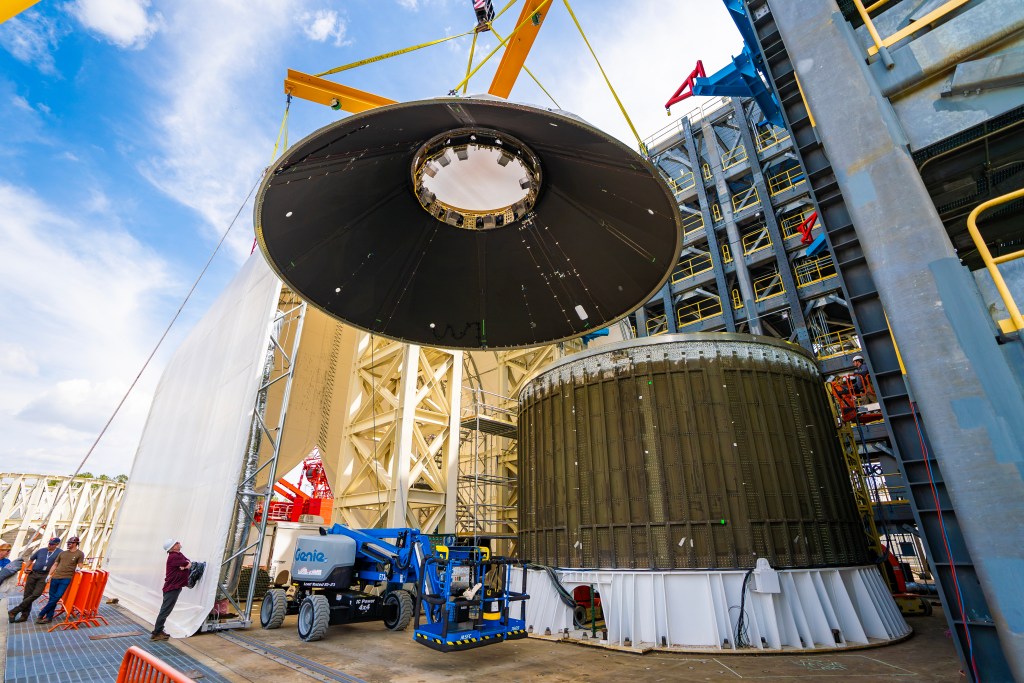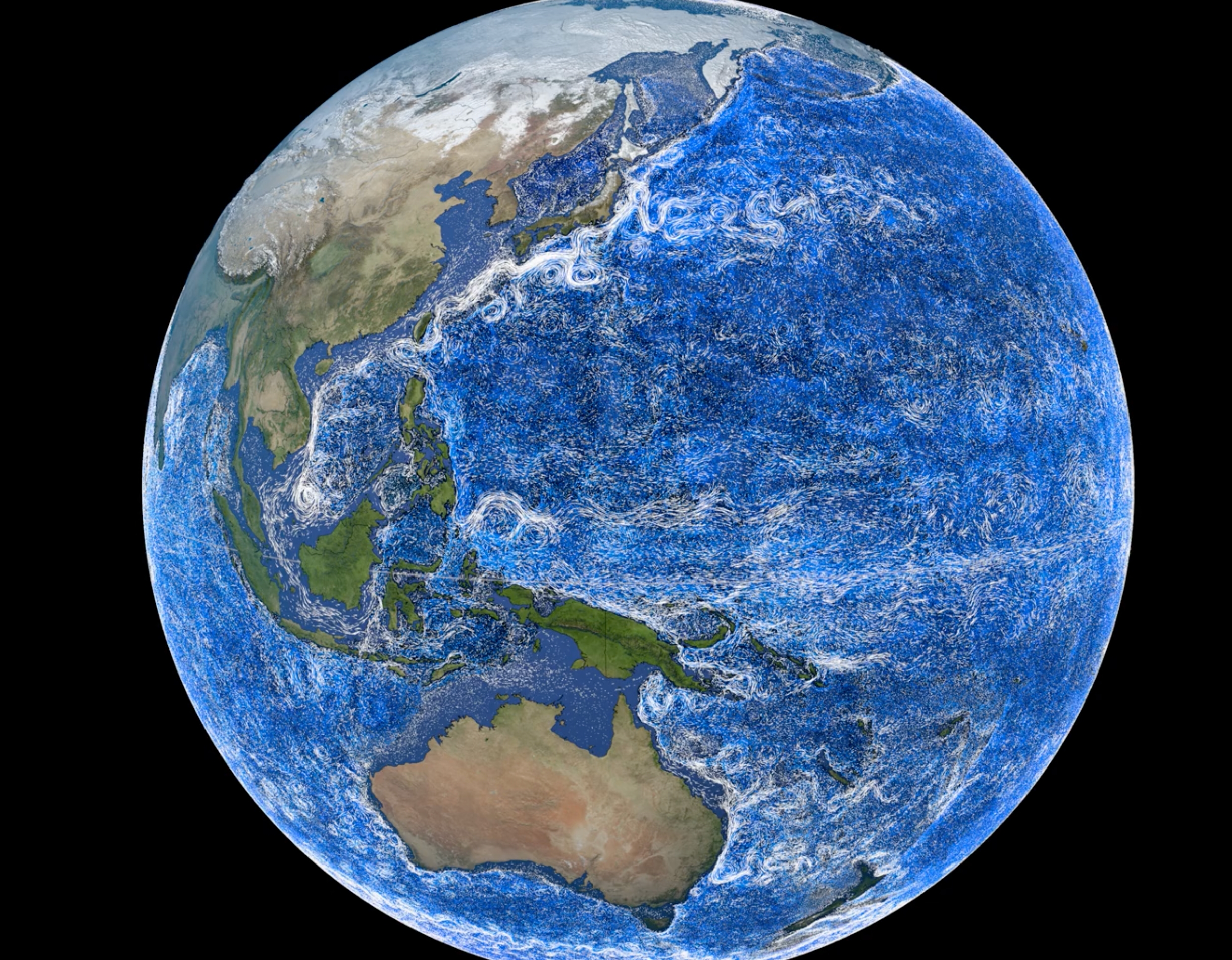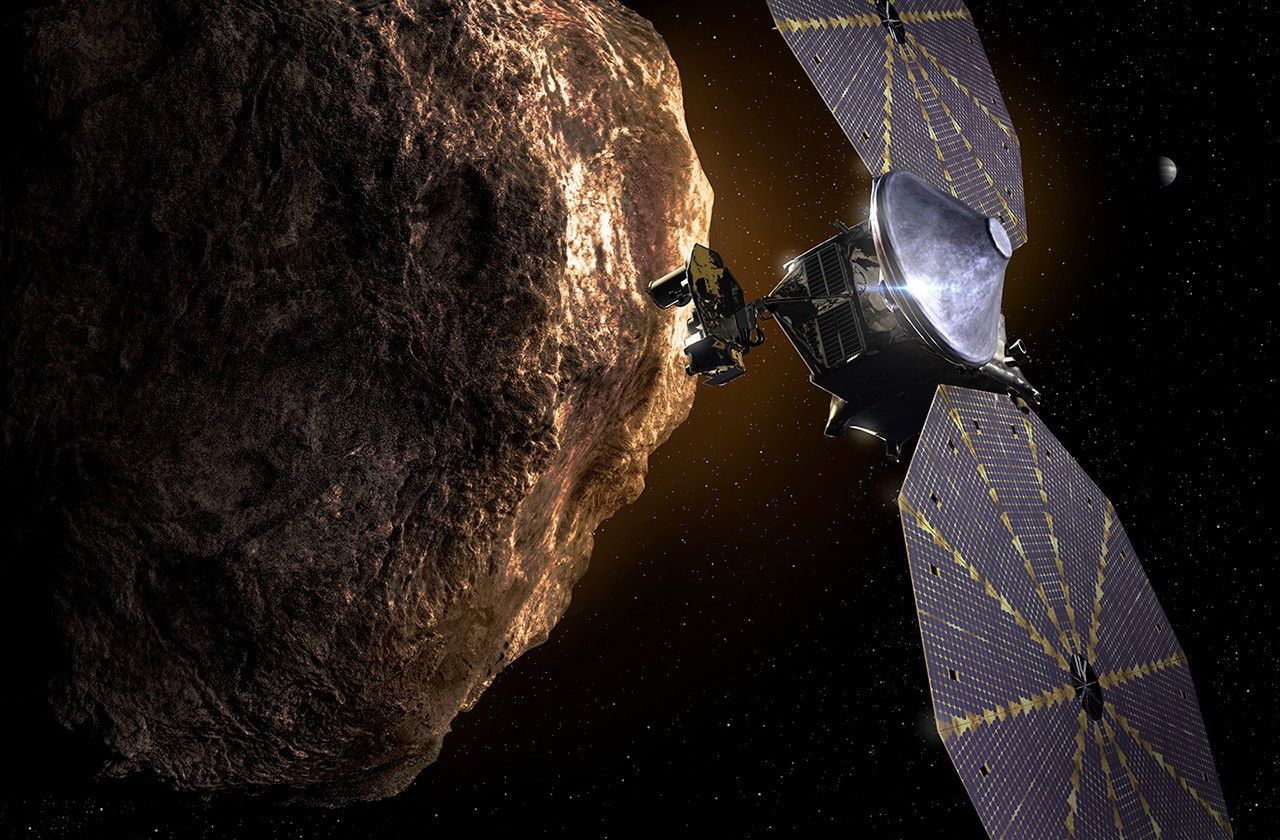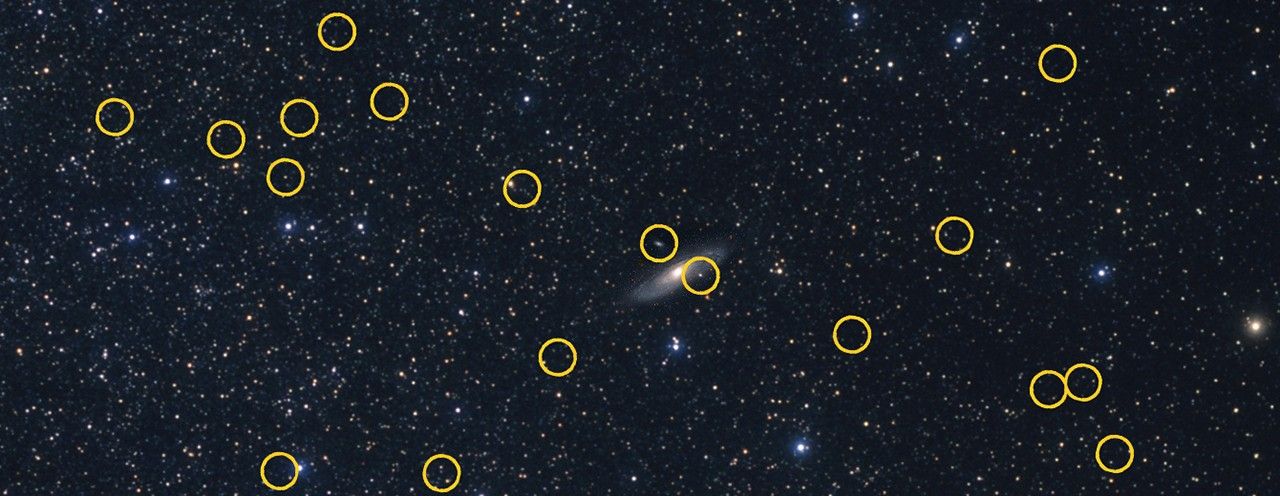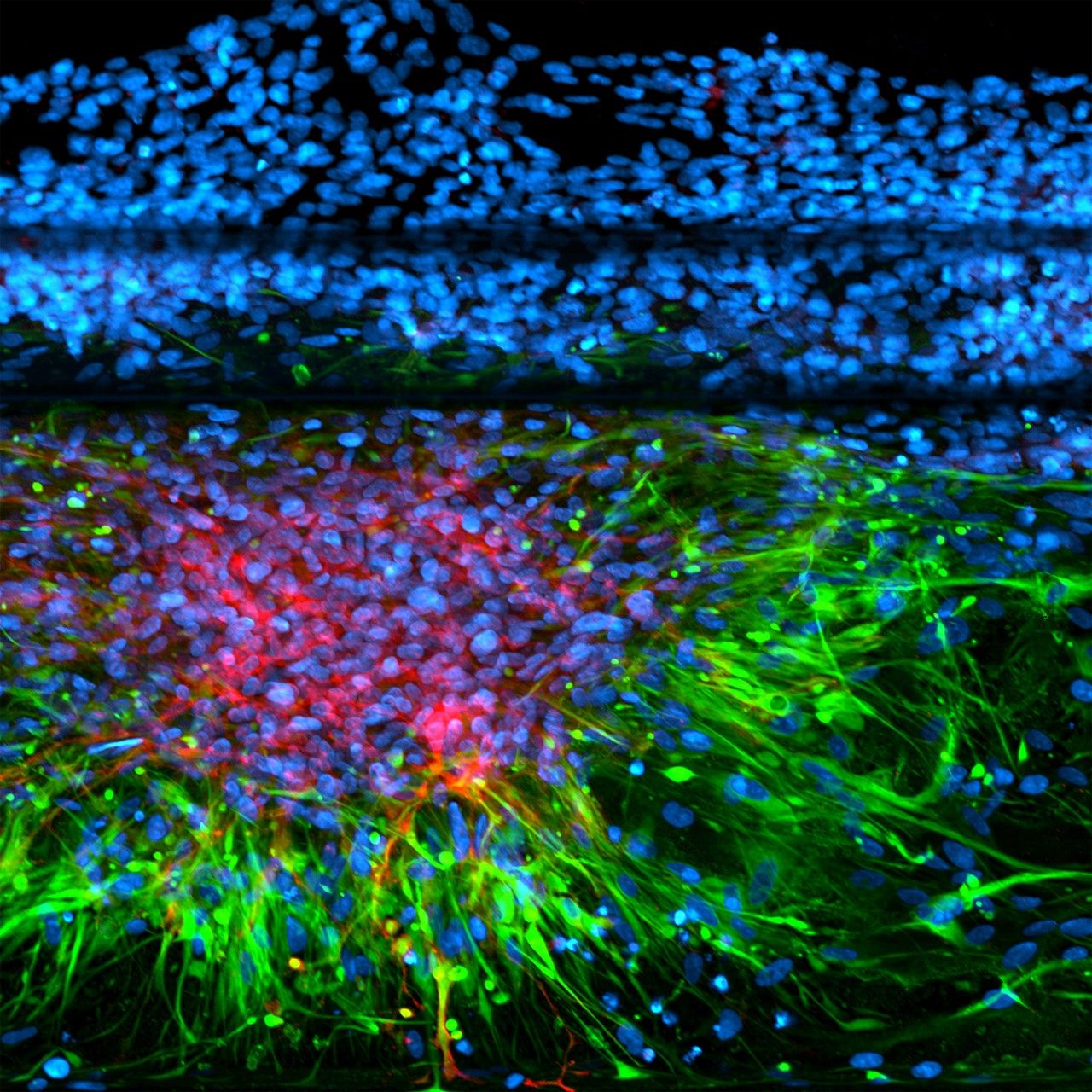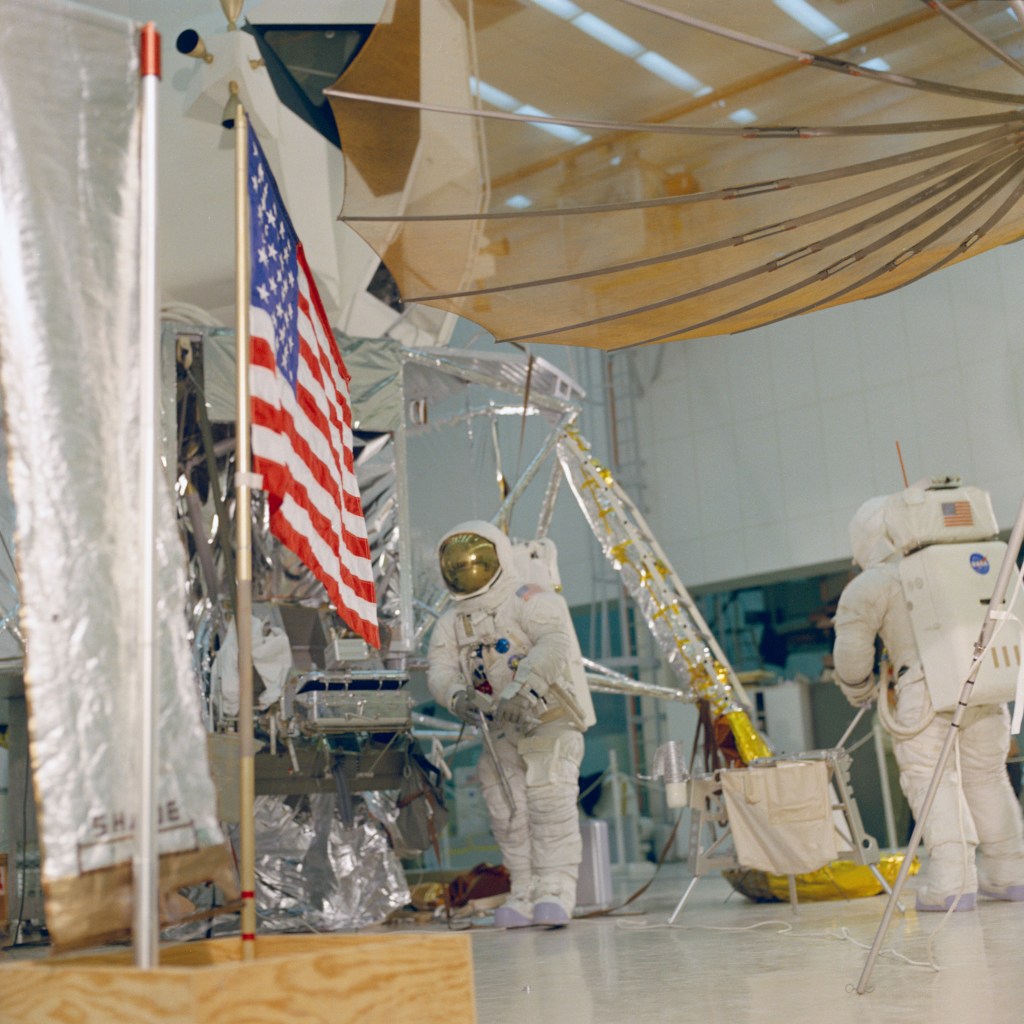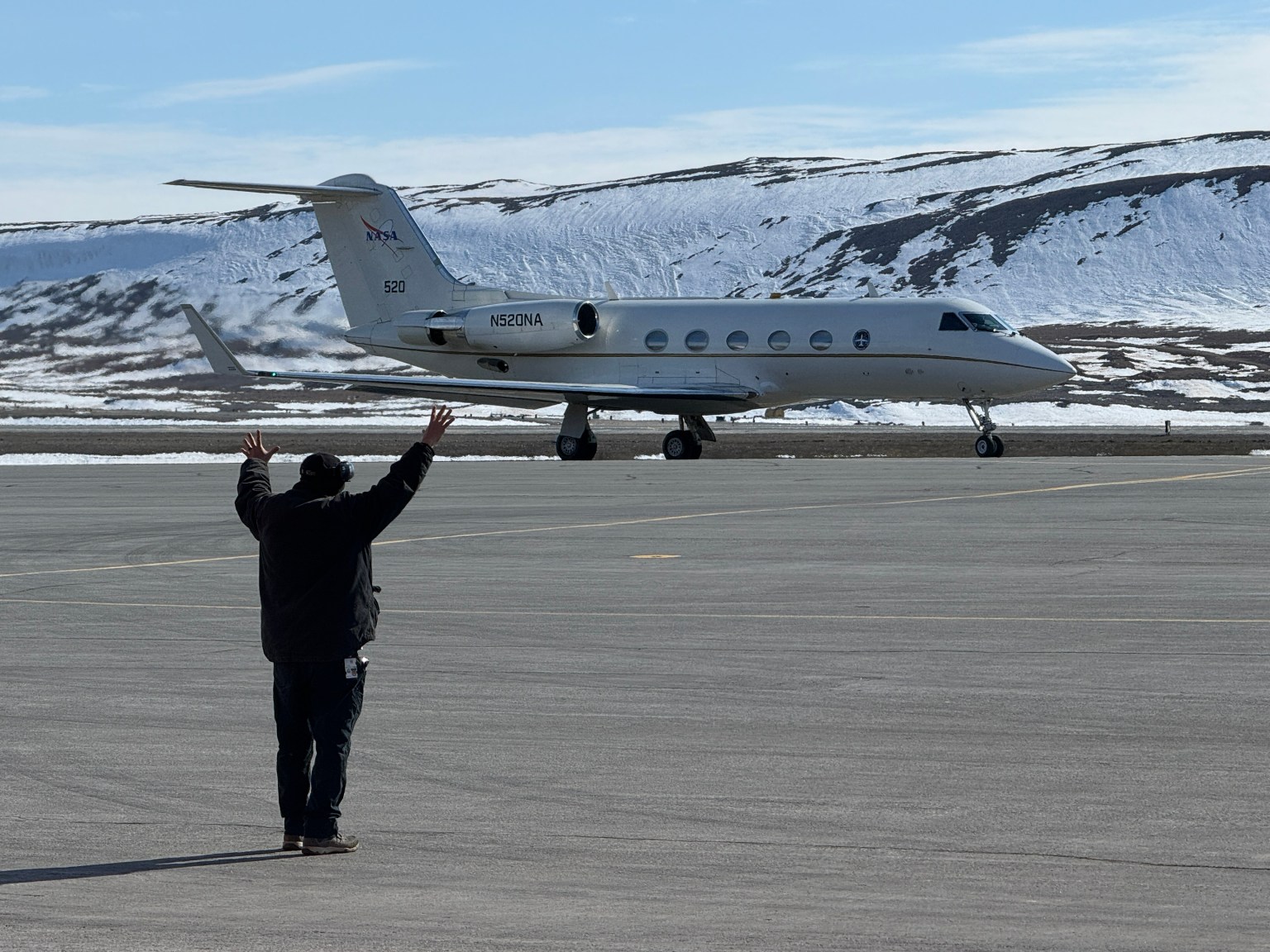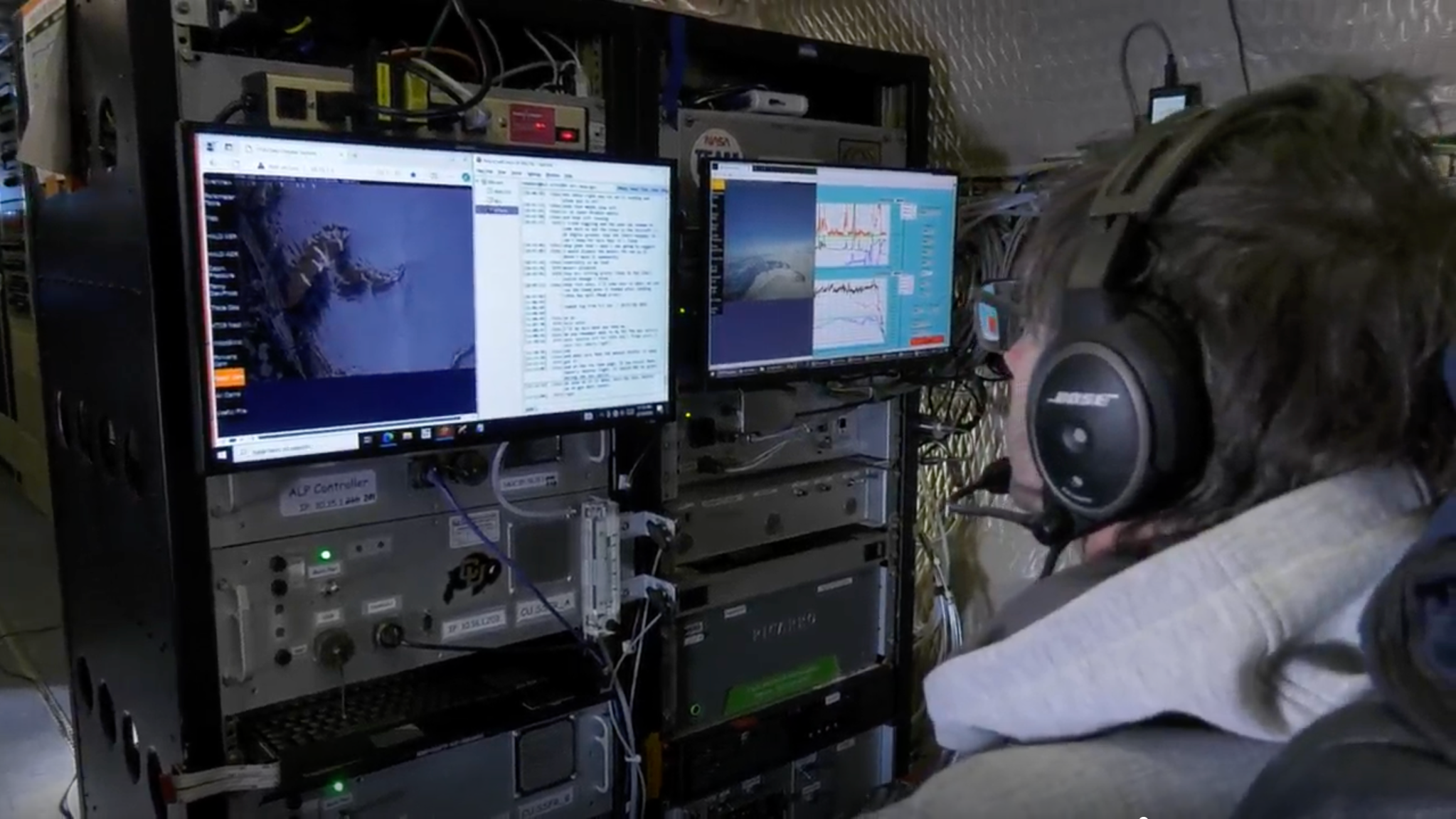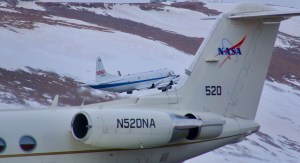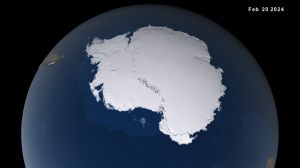What happens in the Arctic doesn’t stay in the Arctic, and a new NASA mission is helping improve data modeling and increasing our understanding of Earth’s rapidly changing climate. Changing ice, ocean, and atmospheric conditions in the northernmost part of Earth have a large impact on the entire planet. That’s because the Arctic region acts like Earth’s air conditioner.
Much of the Sun’s energy is transported from tropical regions of our planet by oceans, winds, and weather systems into the Arctic where it is then lost to space. This process helps cool the planet.
The NASA-sponsored Arctic Radiation Cloud Aerosol Surface Interaction Experiment (ARCSIX) mission is flying three aircraft over the Arctic Ocean north of Greenland to study these processes. The aircraft are equipped with instruments to gather observations of surface sea ice, clouds, and aerosol particles, which affect the Arctic energy budget and cloud properties. The energy budget is the balance between the energy that Earth receives from the Sun and the energy the Earth loses to outer space.
“More sea ice makes that air conditioning effect more efficient. Less sea ice lessens the Arctic’s cooling effect,” says Patrick Taylor, a climate scientist at NASA’s Langley Research Center in Hampton, Virginia. “Over the last 40 years, The Arctic has lost a significant amount of sea ice making the Arctic warm faster. As the Arctic warms and sea ice melts, it can cause ripple effects that impact weather conditions thousands of miles away, how fast our seas are rising, and how much flooding we get in our neighborhoods.”
As the Arctic warms and sea ice melts, it can cause ripple effects…thousands of miles away.

Patrick Taylor
NASA Climate Research Scientist
The first series of flights took place in May and June as the seasonal melting of ice started. Flights began again on July 25 during the summer season, when sea ice melting is at its most intense.
“We can’t do this kind of Arctic science without having two campaigns,” said Taylor, the deputy science lead for ARCSIX. “The sea ice surface in the spring was very bright white and snow covered. We saw some breaks in the ice. What we will see in the second campaign is less sea ice and sea ice that is bare, with no snow. It will be covered with all kinds of melt ponds – pooling water on top of the ice – that changes the way the ice interacts with sunlight and potentially changes how the ice interacts with the atmosphere and clouds above.”
Sea ice and the snow on top of the ice insulate the ocean from the atmosphere, reflecting the Sun’s radiation back towards space, and helping to cool the planet. Less sea ice and darker surfaces result in more of the Sun’s radiation being absorbed at the surface or trapped between the surface and the clouds.
Understanding this relationship, and the role clouds play in the system, will help scientists improve satellite data and better predict future changes in the Arctic climate.
“This unique team of pilots, engineers, scientists, and aircraft can only be done by leveraging expertise from multiple NASA centers and our partners,” said Linette Boisvert, cryosphere lead for the mission from NASA’s Space Flight Center in Greenbelt, Maryland. “We gathered great data of the snow and ice pre-melt and at the onset of melt. I can’t wait to see the changes at the height of melt as we measure the same areas covered with melt ponds.”
NASA partnered with the University of Colorado Boulder for the ARCSIX mission, and the research team found some surprises in their early data analysis from the spring campaign. One potential discovery is something Taylor is calling a “sea ice sandwich”, when a younger layer of sea ice is caught in between two layers of older sea ice. Scientists also found more drizzle within the clouds than expected. Both observations will need further investigating once the data is fully processed.
“A volcano erupted in Iceland, and we believe the volcanic aerosol plume was indicated by our models four days later,” Taylor said. “Common scientific knowledge tells us volcanic particles, like ash and sulfate, would have already been removed from the atmosphere. More work needs to be done, but our initial results suggest these particles might live in the atmosphere much longer than previously thought.”
Previous studies suggest that aerosol particles in clouds can influence sea ice melt. Data collected during ARCSIX’s spring flights showed the Arctic atmosphere had several aerosol particle layers, including wildfire smoke, pollution, and dust transported from Asia and North America.
“We got everything we hoped for and more in the first campaign,” Taylor added. “The data from this summer will help us better understand how clouds and sea ice behave. We’ll be able to use these results to improve predictive models. In the coming years, scientists will be able to better predict how to mitigate and adapt to the rapid changes in climate we’re seeing in the Arctic.”

